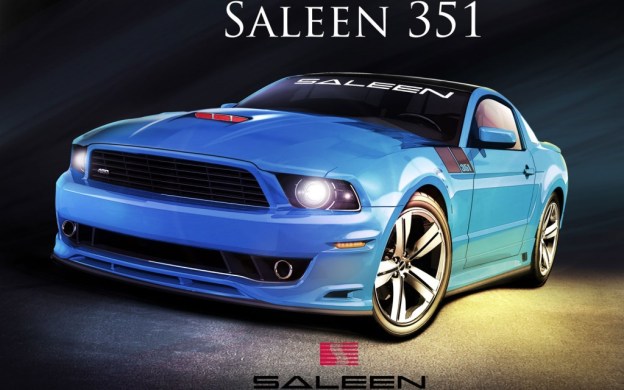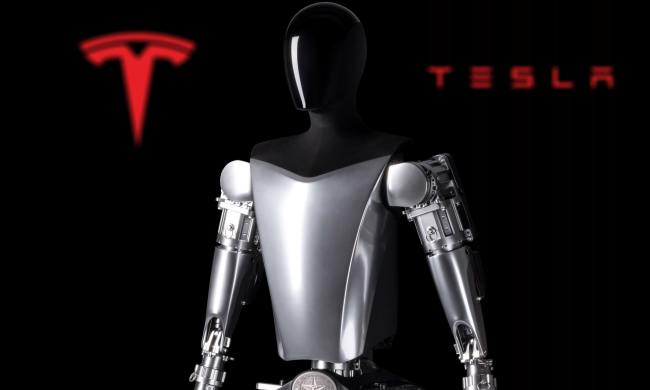 There are scores of tuned Ford Mustangs littering America’s roads, but not all are created equal. Steve Saleen has always been among the elite of Mustang tuners, and he unveiled his newest creation at the 2012 Los Angeles Auto Show. The Saleen 351 Mustang should do its name justice.
There are scores of tuned Ford Mustangs littering America’s roads, but not all are created equal. Steve Saleen has always been among the elite of Mustang tuners, and he unveiled his newest creation at the 2012 Los Angeles Auto Show. The Saleen 351 Mustang should do its name justice.
The “351” title denotes this Mustang’s 351-cubic inch engine, a displacement that harks back to the 1970s Boss 351 and Saleen’s own products from 13 years ago. The motor is based on the Mustang GT’s stock 5.0-liter engine, but Saleen adds a supercharger, Red Butterfly intake system, and other reinforcements. Backing up the 351 engine is a six-speed manual transmission with a Saleen-designed clutch.
Saleen is promising an impressive 700 horsepower and 655 pound-feet of torque, outgunning even 662 hp, Shelby GT500. Salenn did not release any performance numbers, but it’s hard to see how even a 700 hp car could improve on the Shelby’s nearly 200-mph top speed.
A new body kit gives the Saleen 351 a unique look. It features Saleen’s signature egg crate grille along with some performance related touches like a rear diffuser with Formula 1-inspired third brake light. The cosmetics are also made of carbon fiber, which should help keep this Mustang’s weight down.
Saleen did not quote a price, but the 351 will top the current Saleen 302 in the company’s lineup. Production begins in January 2013, but Saleen only plans to build 100 to 150 of these Mustangs per year.
Saleen shouldn’t have too much trouble finding buyers, because the Saleen name still resonates with many performance enthusiasts. Steve Saleen founded the company in 1983, and went on to produce high-tech tuned Mustangs and the S7 supercar.
Saleen left his company in 2007, but continued to work tuning Challengers and Camaros under the SMS Supercars brand.
On April 2, 2012, Saleen announced that he was reuniting with his namesake company, and the 351 Mustang is the first full collaboration between the two since Saleen’s return.
With the man himself back in action, it will be interesting to see how the 351 Mustang measures up to the creations of other tuners like Roush and Shelby, which is unleashing a 1,000 hp Mustang on an unsuspecting public.


